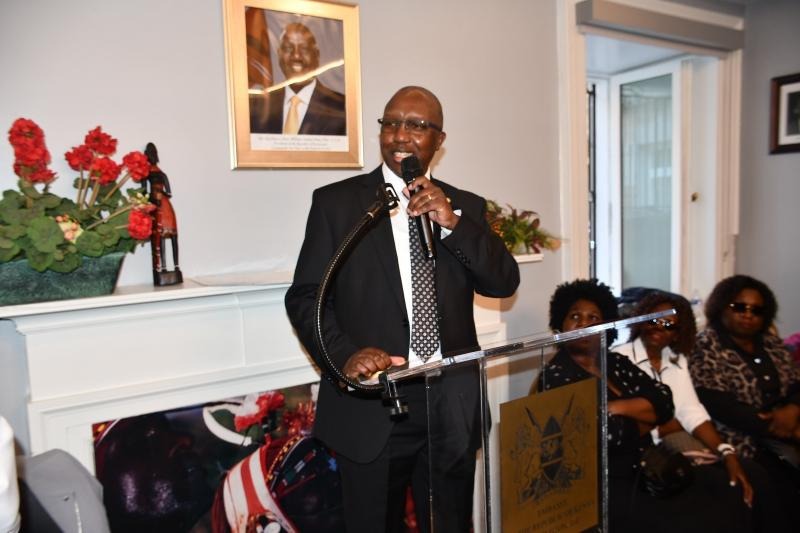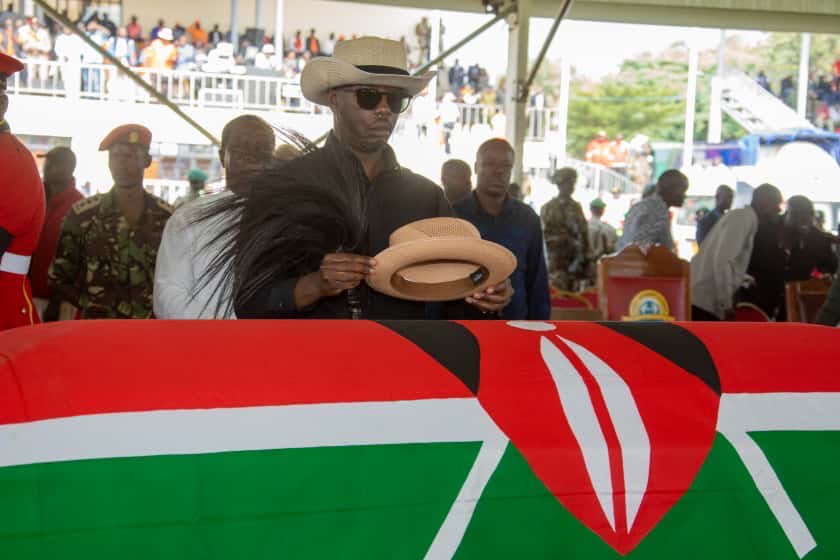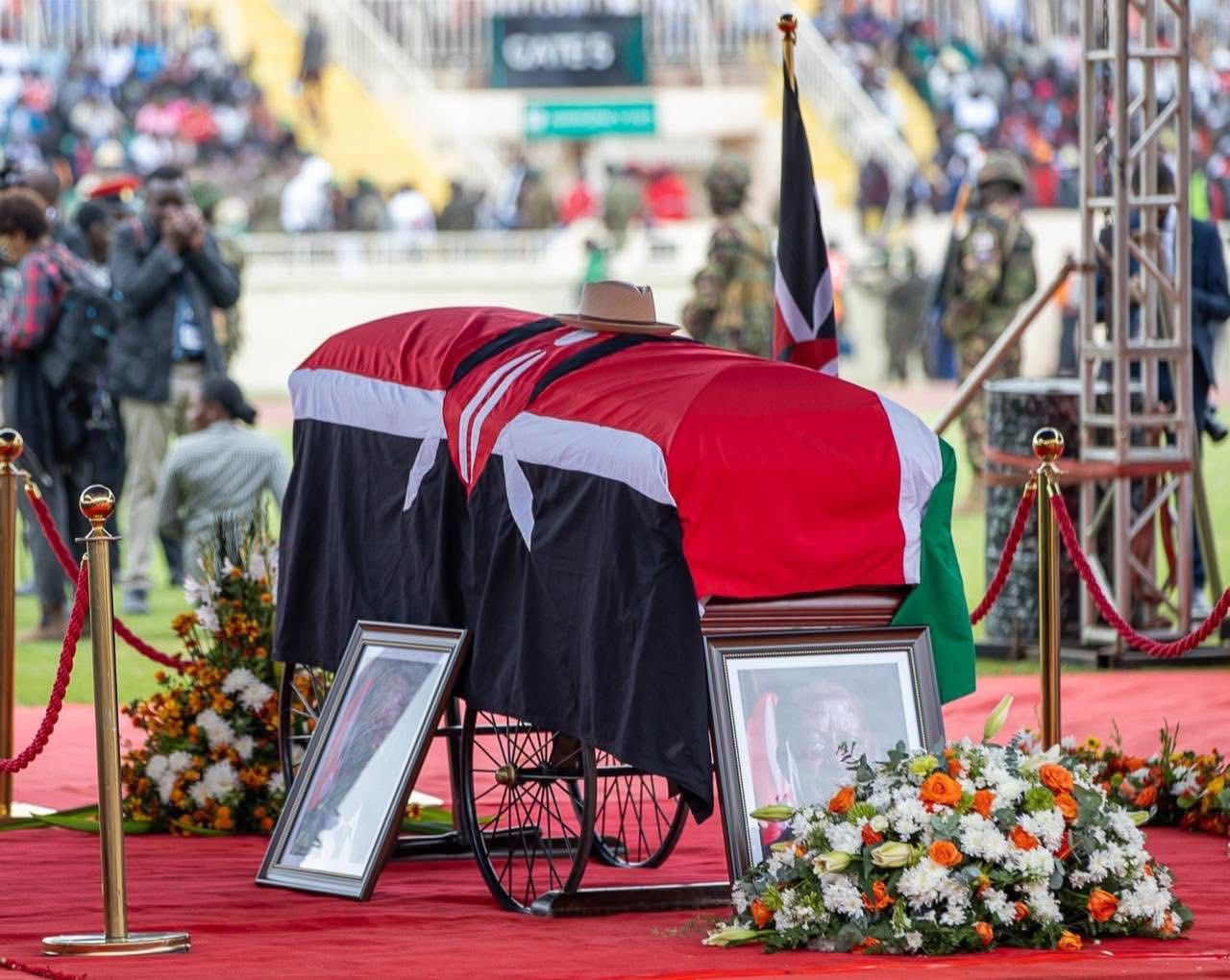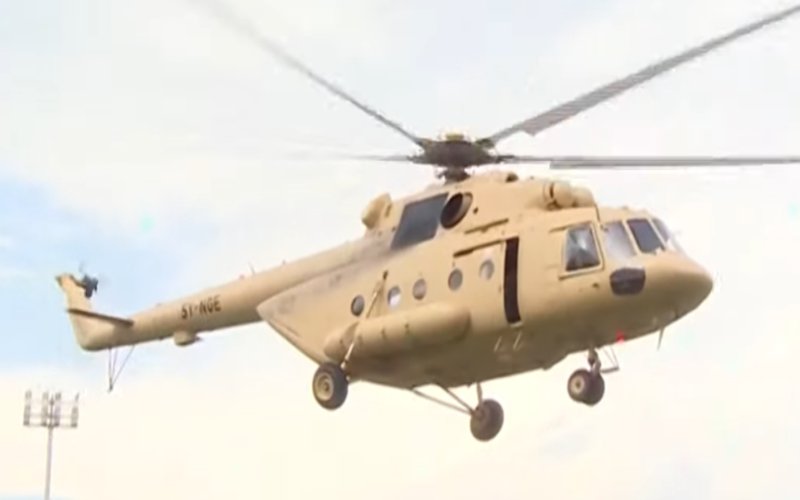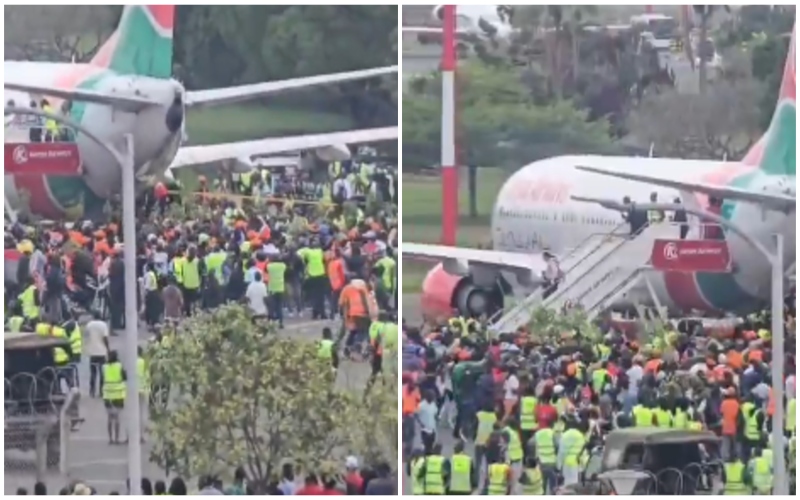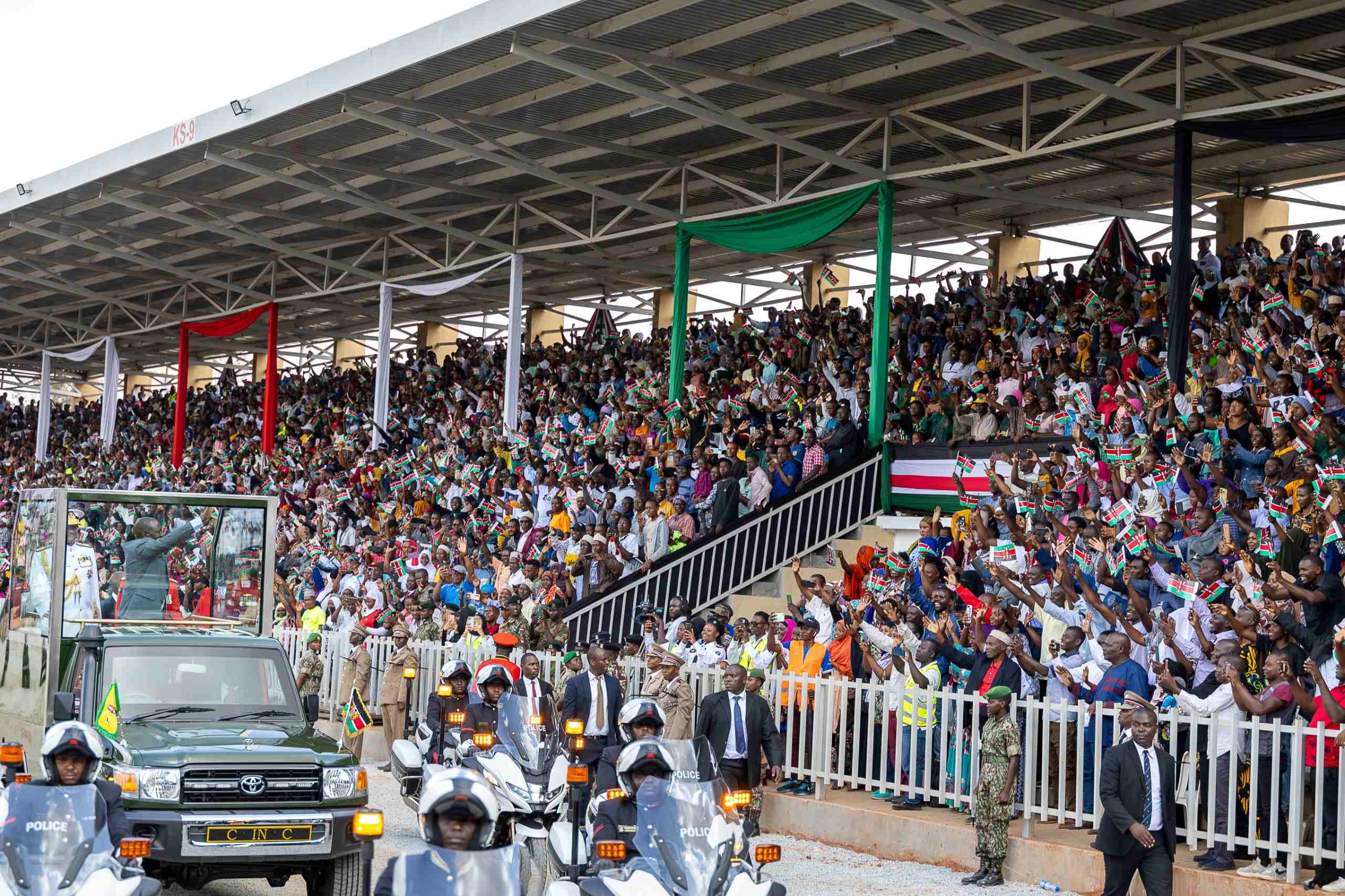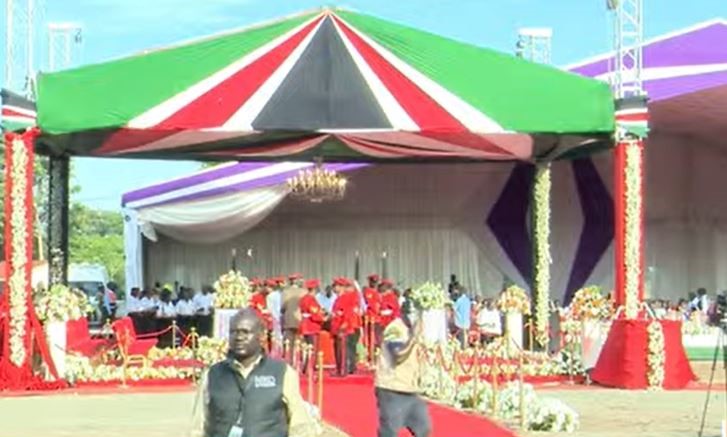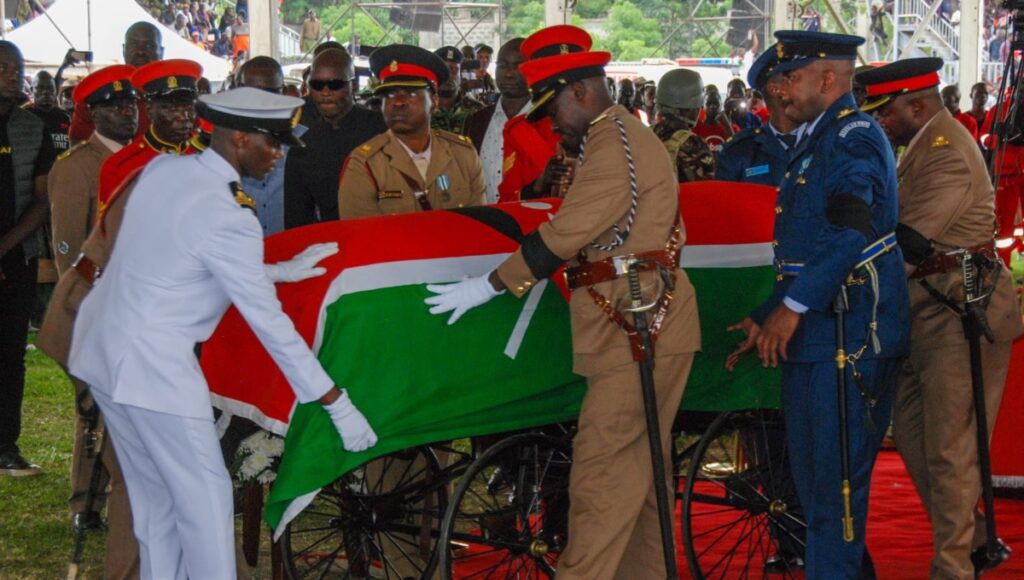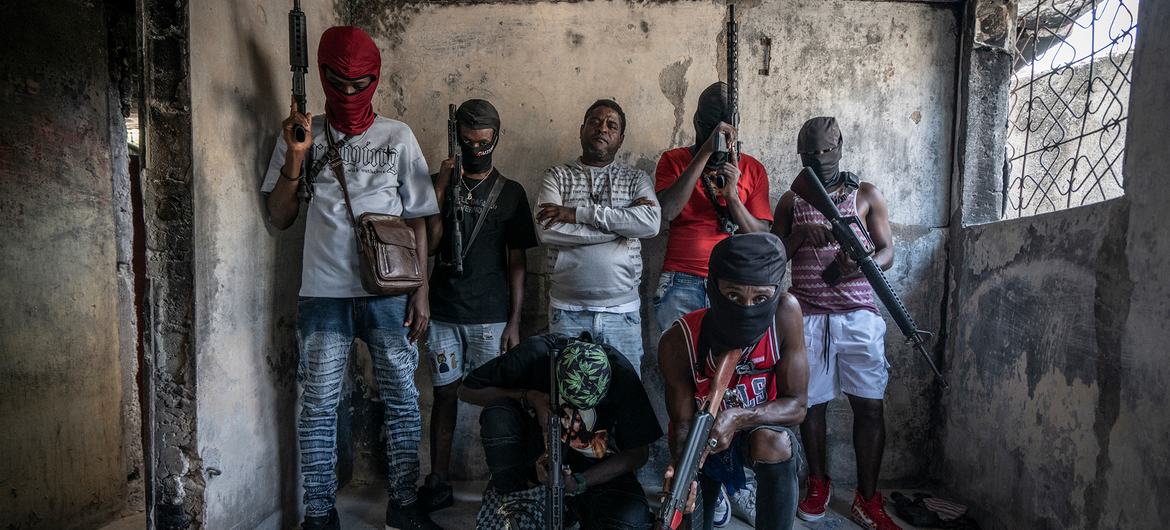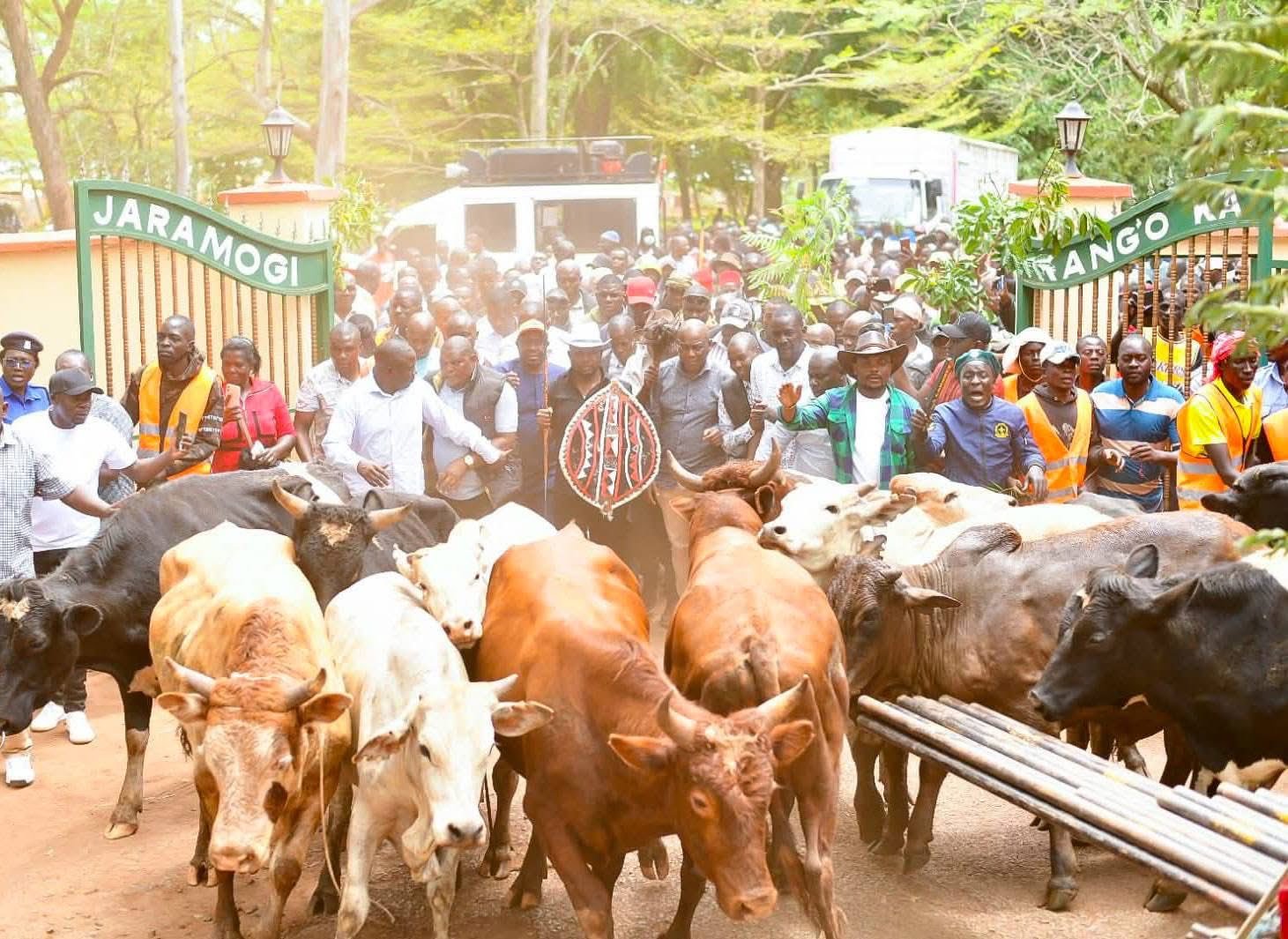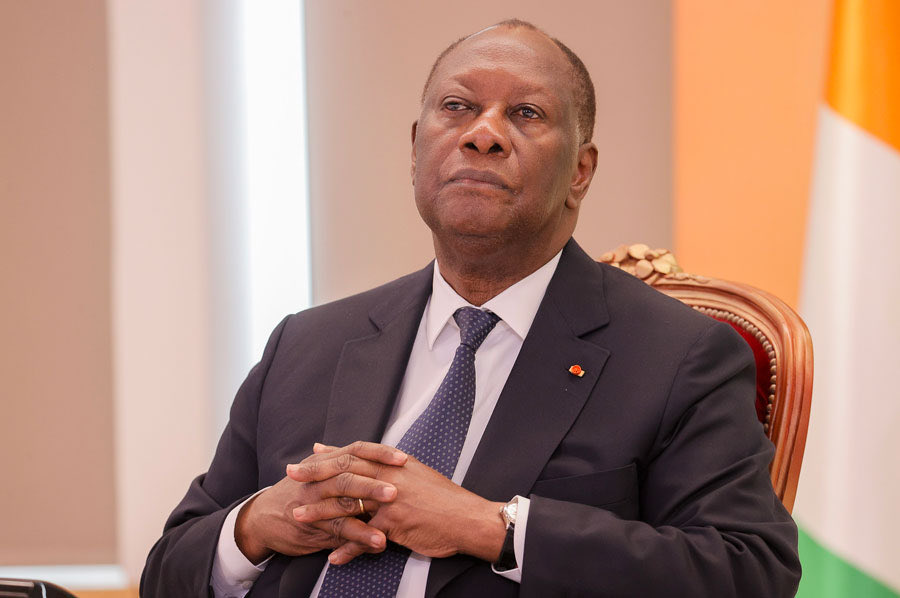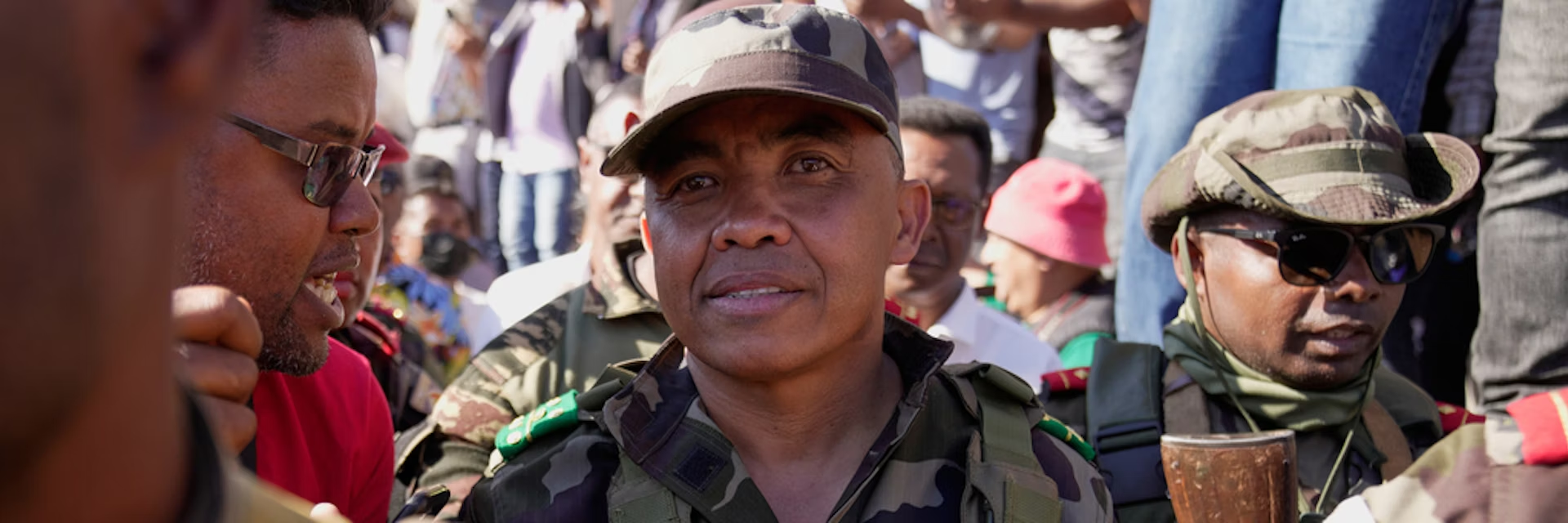10 hallmarks that defined Raila Odinga’s iconic life
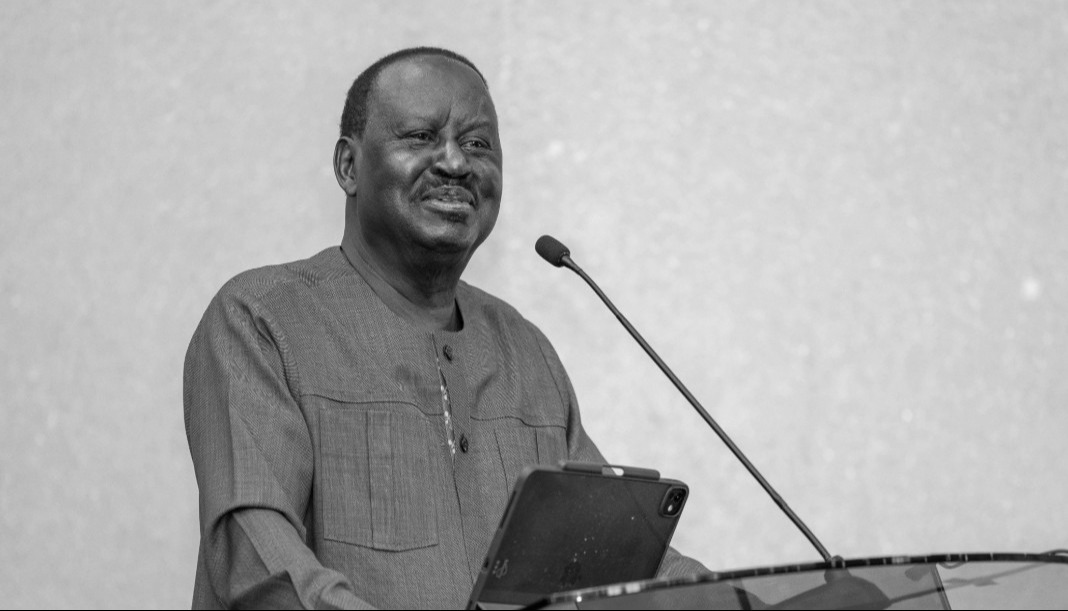
From his famous chants to his love for football, Raila used culture as a language of leadership, leaving behind an imprint that will live on for generations.
Haiya to Jowi: 10 traits that defined Raila Odinga’s legacy
Raila Odinga’s life was a performance in motion, a blend of style, speech, and symbolism that made him instantly recognisable wherever he went.
More To Read
- Watch: Raila Odinga's farewell in Bondo
- Live blog: Kwaheri Baba, Raila Odinga's final bow
- Only around 500 mourners will be allowed at Raila’s gravesite for final burial rites - Murkomen
- Mashujaa Day celebrations in Kitui to proceed as planned as nation mourns Raila Odinga
- Song and dance fill JOOUST grounds as thousands of mourners gather for Raila Odinga’s State Burial
- Ruth Odinga recalls heartbreaking moment when she had to switch off Raila’s life-support machine in India
His voice, dress, dance, and humour were not random traits but parts of a well-crafted identity that connected deeply with ordinary Kenyans.
From his famous chants to his love for football, Raila used culture as a language of leadership, leaving behind an imprint that will live on for generations.
Below are ten unique hallmarks that defined his life and the aura that surrounded him.
1. Master of the Riddle
His wit and storytelling prowess made “Kitendawili?” more than just a phrase — it was a cultural bond. Raila Odinga used riddles to break down political debates into stories people could laugh at, think about, and remember. His riddles were simple yet profound, carrying lessons that connected Kenya’s past and present.
Even his fiercest opponents, including President William Ruto, acknowledged this side of him, calling him “Yule mtu wa Kitendawili.” To his followers, each riddle was a political parable wrapped in humour and wisdom.
2. “Haiya… Haiya” — The Signature Greeting
For Raila Odinga, communication was never one-sided. His “Haiya, Haiya” chant was a rhythmic call that united him with the people, a moment of energy and shared excitement. Each time he uttered it, the crowd replied with enthusiasm, turning rallies into festivals of identity and belonging.
During his funeral service, Bishop Prof David Kodia said, “If Raila was here, he would start by saying ‘Haiya, Haiya’, and everything would go well.” His son Raila Odinga Jr honoured this ritual by beginning his tribute the same way, keeping alive his father’s familiar rhythm.
3. The ever-present Panama hat
The light-coloured Panama hat, often seen resting on his head, became his trademark. Whether at public rallies or private ceremonies, it gave him an aura of calm elegance. The hat symbolised both simplicity and grace — traits many admired in him.
A moving moment came when his daughter Winnie returned his cherished hat from India and presented it to her mother. It now sits atop his casket, representing not just his fashion sense, but his lasting presence.
After his death, traders in Kisumu and Nairobi reported renewed interest in the hats, as supporters wore them in remembrance.
4. The fly whisk of Pride
The Orengo, or fly whisk, was another emblem of Raila’s identity. In Luo tradition, it represents respect, power, and authority, and in his hands, it was a reminder of rootedness.
He carried it during traditional ceremonies and community gatherings, a silent statement of connection to heritage. For him, it wasn’t a prop but a symbol of belonging and continuity.
5. Football metaphors— His second language
Football metaphors ran through his speeches like familiar hymns. Raila often described politics as a football match: teamwork, passes, goals, and strategies. He loved explaining ideas through the imagery of the game, making politics easier for everyone to grasp.
On the campaign trail, he often described himself as the captain ready to score the winning goal for the people. His energy, humour, and love for the sport made his rallies both entertaining and inspiring.
6. Gor Mahia and Arsenal fanatic
Raila’s loyalty extended to the football pitch. He was Gor Mahia through and through, and an ardent Arsenal supporter abroad. Fans affectionately referred to these as “Timu ya Baba.”
Following his death, a message said to be from Arsenal circulated online, celebrating his unwavering support — a reflection of how far his love for the game travelled and how it inspired millions of his fans.
7. The Walking Library
To his friends, Raila was not just a politician — he was a storyteller, historian, and mentor. He carried decades of Kenya’s journey in his memory and told those stories with unmatched passion.
His close friend, Mzee Olang’o Nyabola, mourned this loss deeply: “His death is a tragedy; we have lost a library of knowledge and a historian who can never be replaced.”
His love for reading and history shaped his speeches, which always carried a lesson drawn from experience and reflection.
8. “Jowi!” — The Final Salute
The sound of “Jowi!”, the traditional Luo cry meaning buffalo, defined the emotion of his final journey. It was both a salute and a lament, shouted by men and women across generations as his casket passed through.
In that single word lived courage, unity, and memory. “Jowi!” has now become the people’s way of keeping his spirit alive — a reminder of a leader they believed carried their strength and struggle.
9. The Famous Raila Jig
His dance moves were unmistakable. The slow, deliberate steps, the hand gestures, and the playful twist of the body created what became known nationwide as “the Raila jig.”
At rallies and concerts, DJs often shouted, “Dance like Raila!” and crowds responded with laughter and joy. His dance expressed confidence, freedom, and connection — traits that made him relatable even to those who opposed him politically.
10. Music in his soul
Music followed Raila everywhere. His speeches, campaigns, and private moments often had musical rhythm. He loved lyrics that carried meaning and beats that stirred the crowd.
His playlist ranged from reggae to local hits: Jamaican Farewell by Harry Belafonte, Unbwogable by Gidi Gidi Maji Maji, Kigeugeu by Jaguar, Iron Lion Zion by Bob Marley, Nobody Can Stop Reggae by Lucky Dube, and Lelo ni Lelo by Emmanuel Musindi. Every song he embraced became a rallying anthem, reflecting his mood and message.
Top Stories Today
